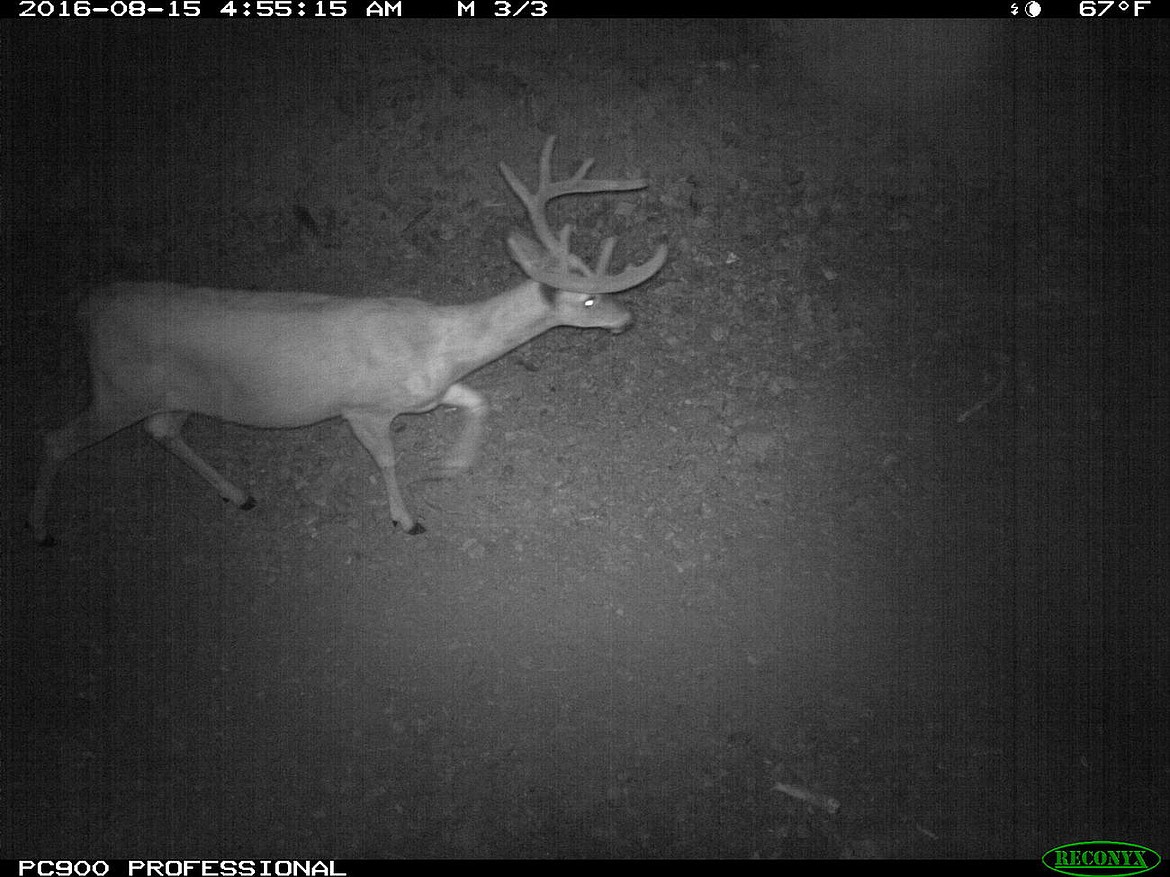Good fences make good wildlife neighbors
The Idaho Fish and Wildlife Foundation, Idaho Fish and Game and the Yellowstone to Yukon Conservation Initiative recently announced a joint project to improve traffic safety and protect wildlife by repairing existing highway fencing and extending it by about a mile near wildlife underpasses on U.S. 95, north of Bonners Ferry.
In 2005, Idaho Transportation Department rerouted a 3.8-mile section of the highway, converted it from two to four lanes and installed three wildlife underpasses. More than a decade of monitoring has shown that the wildlife underpasses reduce wildlife collisions, as well as decrease habitat fragmentation for white-tailed deer, elk, mule deer, black bears and other wildlife.
From 2017 to 2022, Fish and Game has documented an average of 3,500 animals per year using the underpasses, mostly big game species. White-tailed deer are the most common species using the underpasses, but elk, black bears, mountain lions, bobcats and skunks, among other species, use them as well. Animals using the underpasses can migrate and access adjacent habitats without crossing over the road and endangering the traveling public.
However, periodic repairs and improvements to the fencing are needed to help the underpasses continue working effectively. Recent use of the underpasses has declined, as wildlife are crossing through breaks in the existing fencing and to the north of the fencing. As a result, there have been more wildlife-vehicle collisions over the last several years. The Fish and Game website documents 19 big game animals that have been hit in the project area over the past two years. Repairing and adding fencing will funnel more animals into existing crossings and reduce the number of animals on the highway.
The Idaho Fish and Wildlife Foundation is managing a $289,000 grant from the National Fish and Wildlife Foundation for fence repair and construction with all contributing entities providing in-kind and other funding to provide matching contributions required by the grant.
“This is a win for motorists and migrating animals. Extending the fence will reduce dangerous accidents that cause vehicle damage and can injure or kill motorists while also preventing deaths of deer, elk, moose and other important wildlife,” said Hilarie Engle, executive director of the Idaho Fish and Wildlife Foundation.
The project started on March 20 and will not cause traffic delays during construction. The majority of the project will be completed on the shoulders of the highway, within the right-of-way. The project will not affect public access to adjacent Forest Service lands, except access to Brush Lake Road will be blocked for a day to install a cattle guard. The public will be notified of the date when the Brush Lake road will be blocked, and there is an alternate access route to the lake.
The project has the support of the Kootenai Valley Resource Initiative, which is co-chaired by the Kootenai Tribe of Idaho, Boundary County Commissioners and the mayor of Bonners Ferry.
“The project has garnered a diverse range of support from local groups, conservation organizations and state and federal agencies,” a letter from the Resource Initiative said.
The project is part of a collaboration between the Idaho Fish and Wildlife Foundation, Fish and Game, Idaho Panhandle National Forest, Idaho Department of Transportation, Yellowstone to Yukon Conservation Initiative and other agencies and groups.
Please contact the Panhandle Regional office at 208-769-1414 with any questions.
T.J. Ross is a regional communications manager for the Idaho Department of Fish and Game.



